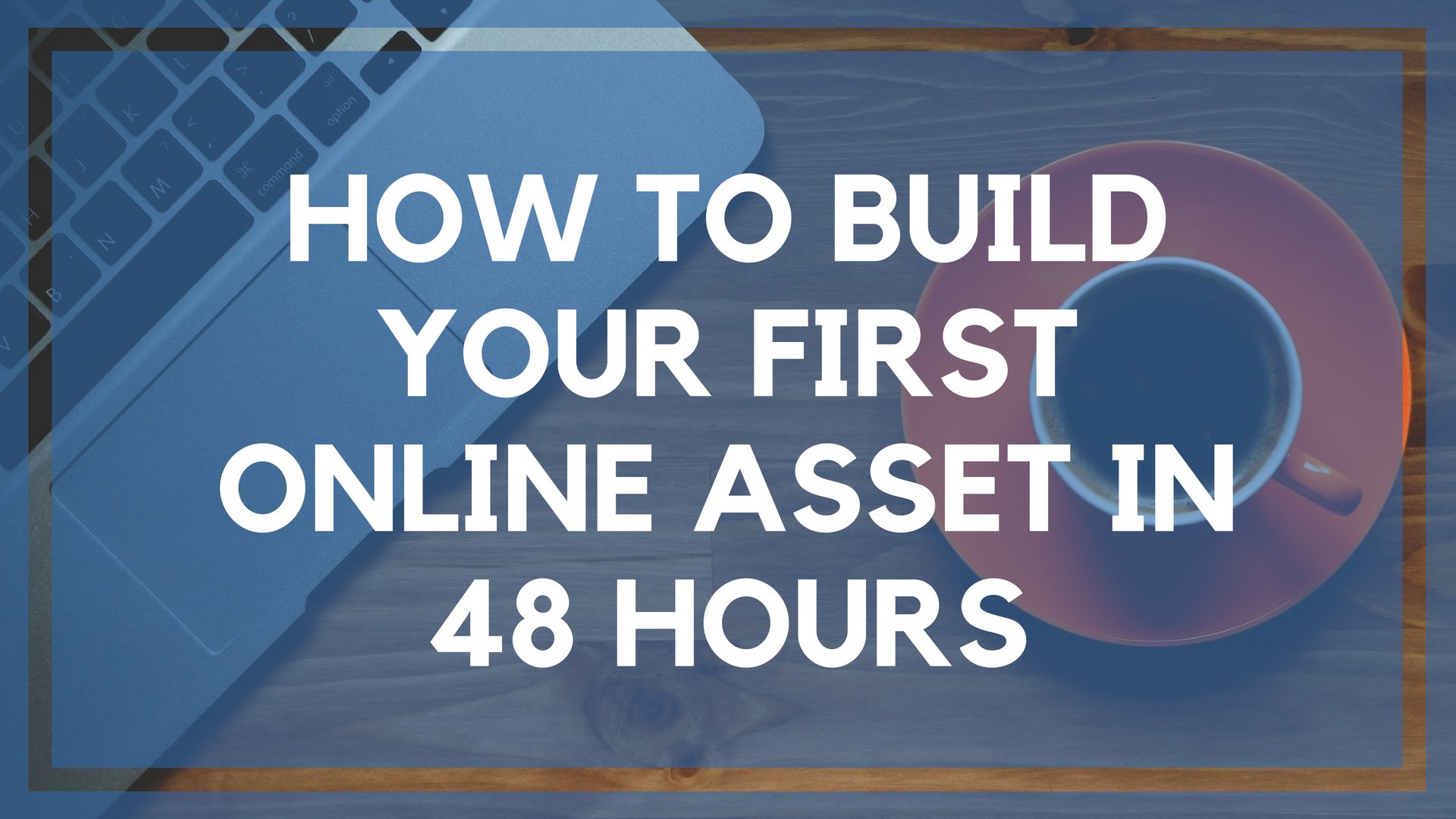Welp, you’ve done it.
You’ve decided you’re going for it. You’re becoming a freelance writer.
So you got your freelancer website set up.
You’ve got a niche you want to target.
You’ve got some dream brands you want to hire you.
Awesome. Awesome. Awesome.
There’s just one tiny problem that is becoming a sticking point…
You have to write stuff.
Now, there’s no doubt you’ve ‘written stuff’ for most of your life.
Emails. Papers in school. All that good stuff.
But for most people, especially when you’re getting started, the idea of sitting down and writing a blog post for a client — or for your portfolio site — can feel daunting.
Learn how to get your website up and running here.
We’re here to help.
How to Write a Blog post that MAKES MONEY
In this post, we’re going to be covering the basics of how to write a blog post. How to outline your post, structure it, come up with ideas, and so on.
But if you’re already past that, you might be wondering, “How do I write a blog post that actually makes me money?”
Don’t worry; we’ve got you covered there as well. This video goes beyond the basics of blogging and goes in-depth on exactly what you need to do to make money off a blog post:
Ok, ready to dig in?
Step 1: Know Your Audience
This is an obvious first step, but sometimes it gets skipped. The best blog posts are those that speak directly to their audience.
Understanding who you’re trying to reach makes everything a lot easier.
It helps you pick topics you know your audience cares about. It helps you target keywords or terms that your audiences are searching for online.
And let’s face it, that’s a pretty big deal.
The best content, especially for brands that are desperately trying to convert readers into customers, is directly targeted to a specific audience and their needs.
So, if you’re starting out writing for a new client, think about that.
See if you can get an understanding of who their readers are before you start writing. Read other posts on the site, and think about the topic from the reader’s point of view.
And if you can’t find that information? Ask your client. It’s critically important to know who your audience is before you start writing.
If you start there, you’re going to be getting off on the right foot.
Join over 40,000 people who have taken our 6 part freelance writing course. Sign up below and let’s do this together.
By entering your email address you agree to receive emails from Location Rebel. We'll respect your privacy and you can unsubscribe at any time.
Step 2: Choose (or Get) Your Topic and Research
Ok, this ties into step one.
If you’re a freelancer, your client is probably going to give you the goods on what they want you to write. Sometimes, that’s in the form of a particular keyword. Sometimes it’s a general topic idea. Sometimes, it’s the full headline.
If you’re trying to come up with this for your own site or blog, here’s where you want to dig into your keyword research. Check out these search engine optimization (SEO) tips to help get you started with that.
Psst, even if you are given your keywords, don’t think you shouldn’t learn a little bit about SEO. In fact, for freelance writers knowing a little bit of SEO can help attract more potential clients.
Once you have your topic, it’s time to research.
Let’s face it, you aren’t going to know everything about every topic. So you’re going to have to turn to Google to find out more information.
And that’s fine. You can learn a ton about a topic by reading from other blogs and sites.
But there are a few things to keep in mind here:
- Make sure you learn from reliable sources. There are a lot of clickbait-style sites out there that don’t provide great information.
- When possible, try to look to professional (governmental, educational, etc.) sites and known industry experts to learn more.
- Don’t be afraid to reach out to experts for quotes you can use in your posts. A tool like HARO is great for this.
- Save the sites, reports, whitepapers, etc., where you get your stats so you can link back to them in your post. Always try to link to the original source for any specific data and figures.
- Check out some AI tools for help. Remember, some are better for research than others.
As you become more comfortable writing, especially if it’s in a particular niche, you’ll start to see where the good sources of information are versus the not-quite-so-trustworthy sites.
Step 3: Write an Outline
Over the years, I’ve become a huge proponent of outlines.
I used to just bang out a first draft, go over it once or twice for tweaks, and call it a day.
Now I’m sure many of those came out alright; let’s hope anyway. But sometimes, I’d bang my head against the wall because I’d gone way over the word count or had to stop mid-sentence and spend an hour researching and got derailed.
This is where you’ll find the power of outlines, especially detailed outlines.
Now, I’m all in.
I’ve found, as backward as it might seem, that creating a detailed outline first helps:
- Keep you super focused on the topic. There’s no way to run off on a tangent unless it’s added to the outline.
- Make clear and compelling points. Use your subheadings to keep the article flowing and tie back to the main point of the piece.
- Highlight areas where you can add quotes or links to your research or sources. So many articles level up when you add expert quotes or research to them.
- See how your SEO is looking. Note where you can insert your keywords into the flow of the work, and make sure everything is optimized.
- Speed up the writing process. With an in-depth outline, you can bang out the actual post pretty quickly because you’ve done about 80% of the work by the time you sit down to write.
- Don’t write just to hit a word count. Oftentimes short is better.
For example, my outline for this post was over 800 words. I had each of these steps as my subheaders, and then a few bullet points underneath that were just a sentence on key points I wanted to convey.
The great thing about outlines is you can make them as simple or as complex as you’d like. Also, remember your outline doesn’t have to be perfect.
It’s a way to get you focused and help you beat the blank page. It’s fine to tweak and refine as you go.
As you become more experienced with writing, you’ll know what kind of outline helps you get more done and how to become a better writer.
Step 4: Think About Your Headline (aka Blog Post Title)
Some people like to think about headlines right at the very start of the writing process, while others wait until the end. There is no right or wrong approach.
If you’re a freelancer and you got the headline from your client, you’re home-free here. Sometimes, you can think about going above and beyond and writing a few extra headlines that your client can use when you submit your work, but that’s up to you.
If you’re writing without the help of having a headline provided, keep reading.
The good news is that by this point, you should have a pretty good idea of what your headline is generally going to be about. You probably started the whole process with a general working headline.
By now, you’ve got the topic you’re covering, your keyword, and your outline. So you know the direction of your post and the points you want to make that makes the next part easier.
We’ve got a guide to different types of headlines in this post, so check that out.
But here are some of the basics you want to think about as you craft your headline:
- Make it something readers want to click. Clicks are the currency of the internet today, so make it stand out (but don’t make it clickbait or have a headline that has nothing to do with the topic).
- Think about the problems your readers are trying to solve. People like reading stuff that helps them get answers. You clicked on this post because you had a problem writing a blog post.
- Get specific with your headline. It’s great to dig into your topic and let readers know exactly what they are going to learn.
- Look at other successful headlines. Great copywriters learn from the pros of the past and often recycle tweaked concepts or approaches. You can do the same. Just don’t copy something word for word!
- Come up with a bunch of examples. You’ll very rarely land on a killer headline on your first try. Write out 3-10 and see what stands out. Don’t worry if some of them suck just let it flow.
Alright, can you guess what’s next?
Time to write, fam.
Step 5: Write Your First Draft
If you’ve followed the steps above, you should be very clear on the topic, title, and direction of your post. That’s most of the hard work out of the way right now.
All you have to do is go through your outline and start fleshing things out.
One thing to remember here; this is just your first draft.
It’s ok for your first draft to be kind of crappy. No one ever sends their first draft off to a client (I mean, you really should not do that).
For everything you write, you’ll likely go over it at least twice and ideally more before you submit. So you’ve got time.
What you want to focus on here is getting everything down.
At this stage, it’s ok if you go over the word count, or it’s too short, or you have a few run-on sentences. All of that is going to get refined in future steps.
As you begin writing, here are a few things to keep in mind to help you craft compelling content:
- Have a good (short) introduction. You’re going to lose most of your readers in the first few sentences. So catch their attention from the start and make them want to keep reading the rest of your post.
- Use examples. Some of my favorite blog writers catch people in right from the start with an interesting example in the intro or sprinkled throughout the post.
- Break up your sentences. The first thing that will turn a reader off is a massive block of text. Have short paragraphs, and use subheaders and bullet points to keep the eye moving down the page.
- Be efficient with your words. Don’t ramble or go on and on to make a point. Don’t use big fancy words when simple ones will do. These writing tools can help.
- Keep the reader in mind. Remember, you are writing for someone. So you want them to learn something or have a laugh or fix a problem or get excited to buy a product. Always keep your reader in mind.
- Have a solid conclusion. Don’t add new information here but take a few sentences to summarize your post. Also, add in a call to action at the end to direct the reader to take another step.
As you write more, a lot of this stuff will become second nature to you. Writing is one of those skills that just takes practice.
And as you work with more clients, you’ll pick up good tips and feedback along the way that you can continue to incorporate into your writing for the future.
Step 6: Review and Refine (and Repeat as Needed)
There’s no hard and fast rule about the number of drafts you should bang out on any given post.
However, every writer goes through the process of reviewing a draft and refining it. That might take one or two looks, or it could take seven that’s up to you and, honestly, the time you have.
So once you’ve written your first draft, set it aside for at least a day.
Wait, what?
Yes. I’ve found that giving my eyes and brain space between my first draft and the review and revision process can help clear my mind and judge my work with a more critical eye.
If you don’t have the time to do that, try to step away for at least thirty minutes to an hour.
Once you come back to it, you can start attacking your draft.
At this stage in your draft, it also helps to read your writing out loud.
Reading out loud is an easy way to identify things like run-on sentences or misplaced commas or points that sort of sounded good in our mind but just come out sort of rambly.
For example, if I read this post out loud, my brain would stop on that sentence and say re-write that, but I’m leaving it in to highlight my point.
So this is another approach you can use at this stage. It can help you identify some of the bigger errors your eyes might glance over.
Here’s what to keep in mind during the review process:
- Spelling and grammar. Fix any spelling and grammar errors you come across. I use Grammarly to check that, and I’ll also look at the Hemingway App to check my reading level (and if I’ve gone nuts with adverbs).
- Check out the look of your post. See how it appears to the eye. Make sure you have enough whitespace, subheaders, images, and all that good stuff that will move the eye down the page.
- Give it a general reading first. Here just make sure everything sounds good. Cut where you get too wordy or off track, and add if you think you should make a stronger point. Move things around if it makes a stronger piece.
- Review your intro and your subheadings. These are the areas that can make or break your post, so make sure you have an intro that’s compelling and are providing good information throughout your post.
- Double-check your links. The last thing you want is a link to nowhere, especially if you are citing data or research, so click all of those too.
- Check your SEO. You know your keywords, so go through your post and make sure it’s optimized but not stuffed with the right keywords. Your clients will love that you do this!
- Make sure you’re speaking to the audience. Don’t forget about the audience. Review what you’re reading with them in mind, and make sure what you’ve written is easy to understand and drives home the main points in a clear way.
Ok, here again, I think it’s a good time to take a quick break. Step away from your post and think about something else because when you come back, you’re going to get ready to submit.
Step 7: Final Review
Yup, another review.
No, I don’t think this is overkill.
By now, you’ve done 99% of the work. This is just one final read-through to make sure you didn’t miss anything major.
This shouldn’t take you any longer than 10-15 minutes.
Looks good?
Cool, you’re ready for the last step.
Step 8: Submit or Publish
Congrats, you made it!
Depending on if you’re sending this to a client or putting it on your own site, all that’s left to do is put it out there in the world.
You did it.
This method of how to write a blog post isn’t the end all be all or the only way these things work. But it’s a good starting point. As you write more, you’ll develop your own methods and have a system that works for you.
For the time being, you can steal ours.
Now, get out there and write.
Want help starting a freelance writing or blogging business? Check out our free 6 day course that walks you through all the essentials.
This post was updated in July 2023 for accuracy.
Sean Ogle
Sean Ogle is the Founder of Location Rebel where he has spent the last 12+ years teaching people how to build online businesses that give them the freedom to do more of the things they like to do in life. When he's not in the coffee shops of Portland, or the beaches of Bali, he's probably sneaking into some other high-class establishment where he most certainly doesn't belong.Join over 40,000 people who have taken our 6 part freelance writing course. Sign up below and let’s do this together.
By entering your email address you agree to receive emails from Location Rebel. We'll respect your privacy and you can unsubscribe at any time.


